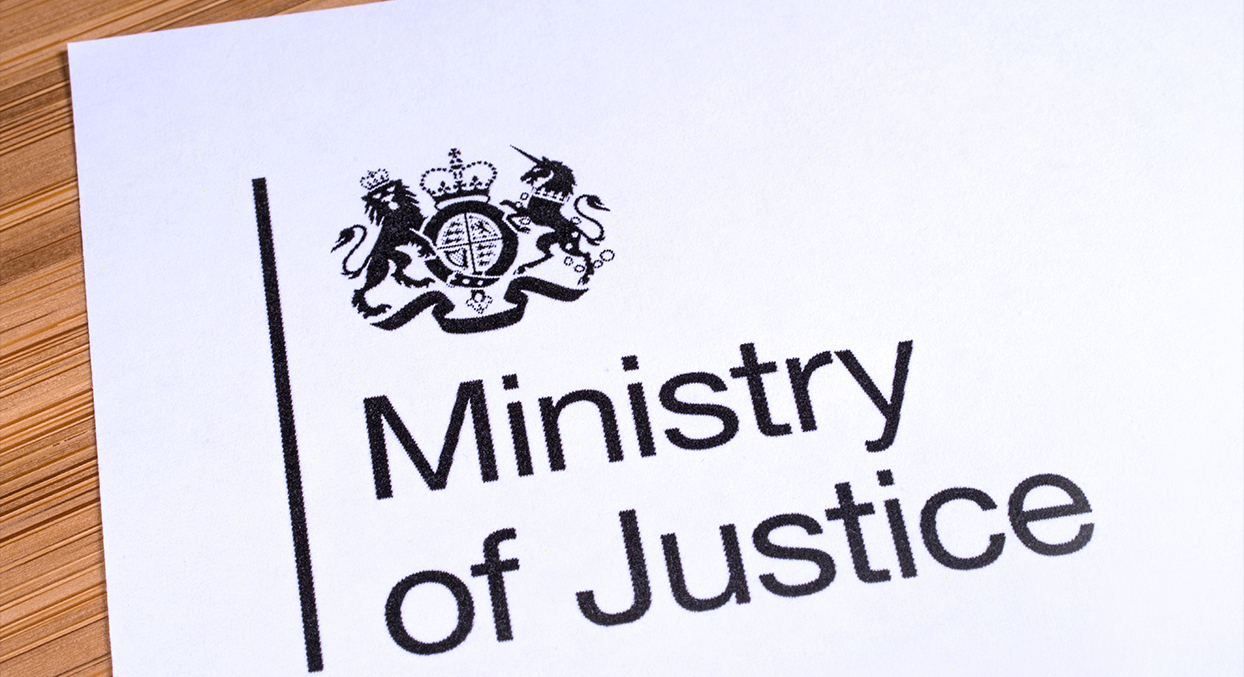In the March 2023 edition of PI Focus, Head of Personal Injury and interim Head of Clinical Negligence Dan Herman shared tips on how solicitors can best approach a serious injury case.
This is by no means an exhaustive guide to the Dos and Don’ts of catastrophic injury litigation. There are many more useful hints, tips and rules of thumb which could apply in cases of the utmost severity and there will always be exceptions to these rules: but these are the ones I repeat most often.
Top 10 Dos
- Meet your client in person ASAP. You need to get to know your client, their injuries, their goals and their concerns. They also need to get to know you and understand the process that lies ahead. Most importantly, you need to build a relationship of trust with your client.
- Always remember that it’s the client’s case, not yours. Never agree an extension, disclose a document, serve a pleading etc without first ensuring your client has given you authority to do so.
- Put the defendant/insurer on notice of the case ASAP. The sooner the defendant knows about the case, your client’s injuries and their immediate needs, the more likely they will be in a position to fund the same by the time your client is discharged from hospital.
- Pick up the phone. It’s easy to hide behind emails but many clients need complex information and legal concepts explained to them verbally. Plus, a quick call with a defendant solicitor can often save a week of back-and-forth emails.
- Find out the indemnity limit ASAP. You need to know if periodical payments are an option – if not then it will be much easier to secure interim payments. The limit will also inform your strategy.
- If the claimant needs a new property, buy it during the life of the claim wherever possible. It’s almost certainly the single largest capital item in your Schedule so better to resolve the case on the basis of known costs. You otherwise risk your client having to borrow from other heads of loss if you’ve underestimated the likely future costs.
- Maintain a rolling List of Documents and Schedule of Past Loss. Will you or your client remember what their losses were three years ago when you come to draft your Schedule?
- Speak to your experts between service of expert reports and joint discussions. If your expert is going to concede on an issue, better to be forewarned – that Part 36 which previously didn’t look attractive might suddenly not look so bad.
- Invite the claimant’s Deputy/Trustee and IFA to the JSM. Decisions will be taken during the JSM which will impact on the work they will need to do for your client after settlement.
- Give thought (and perhaps commission expert opinion) as to what the discount rate will be by the time your client’s case comes to trial. If you haven’t issued proceedings yet, your client’s case likely won’t come to trial until after the new rates are in place.
Top 10 Don’ts
- Don’t tell your client at the first meeting that you definitely know the answers to all their questions. You almost certainly don’t, especially The Big Three:
- Will I win?
- How long will it take?
- How much will I get?
- Don’t forget it’s your client’s case and they are entitled to make their own decisions – even if they don’t do what you advise. As long as you have given them all the information they need to make the decision, explained the pros and cons of each option and offered your advice, you’ve done your job.
- Don’t approach all cases in the same way. Pick the strategy that will suit that case and that client. For example, you may not always want to put the defendant on notice as soon as possible e.g. in an employer liability (EL) case until you’ve spoken to and obtained signed statements from the client’s colleagues.
- Don’t get dragged into performing the role of the case manager or Deputy. That’s not your job and you run the risk of being blamed if the care regime fails, a piece of equipment isn’t suitable or you tell the client they can’t spend interim funding in the way they want.
- Don’t focus solely on the strengths of your client’s case on liability: consider the weaknesses, your opponent will. You have to win on every issue, but your opponent may only have to win on one.
- Don’t assume the case will settle. Of all the “don’ts”, this is the one to remember. If you assume the case will settle, you will not prepare the claim properly and that will be to your client’s detriment. Assume that a judge will pore over every witness statement, expert report and pleading.
- Don’t serve your witness evidence until you know what your expert evidence will say, whether on liability or quantum. You risk serving lay evidence that contradicts your experts and/or casts doubt on your witness’ credibility.
- Don’t make unequivocal remarks in witness statements, which will not hold up when the surveillance evidence arrives. Give your client some wiggle room – life is rarely black and white.
- Don’t involve the court if at all possible: you might not like the outcome, it’s expensive and it takes a long time. Wherever possible, resolve issues/cases via ADR.
- Don’t leave it to counsel at the JSM. You probably know your client and their case better than anyone else. Make sure you’re in the room. Any counsel worth their salt will recognise that they are part of the legal team and every member of that team has a role to play at the JSM.
You can find further information regarding our expertise, experience and team on our Personal Injury page.
If you require assistance from our team, please contact us.
Subscribe – In order to receive our news straight to your inbox, subscribe here. Our newsletters are sent no more than once a month.






